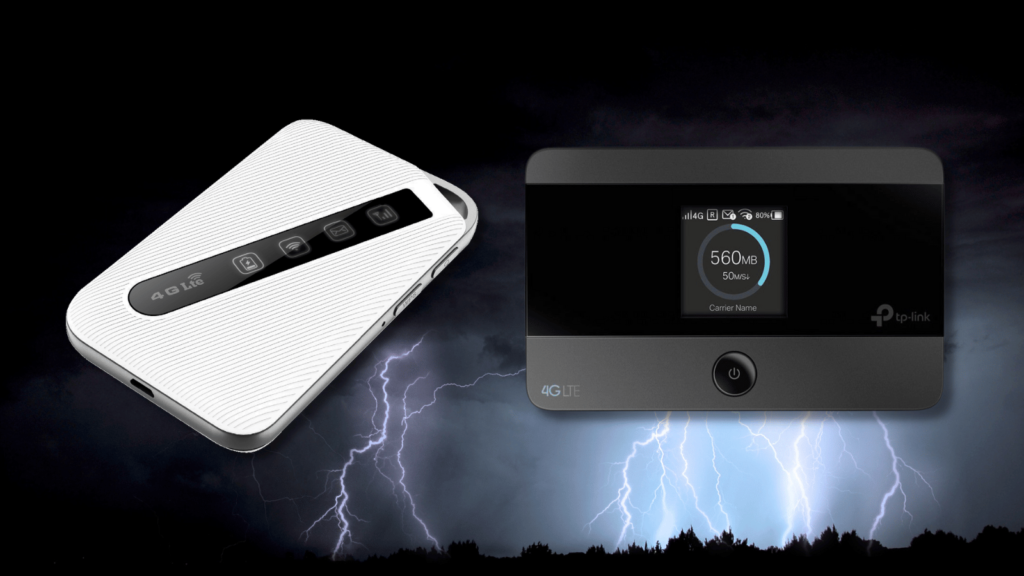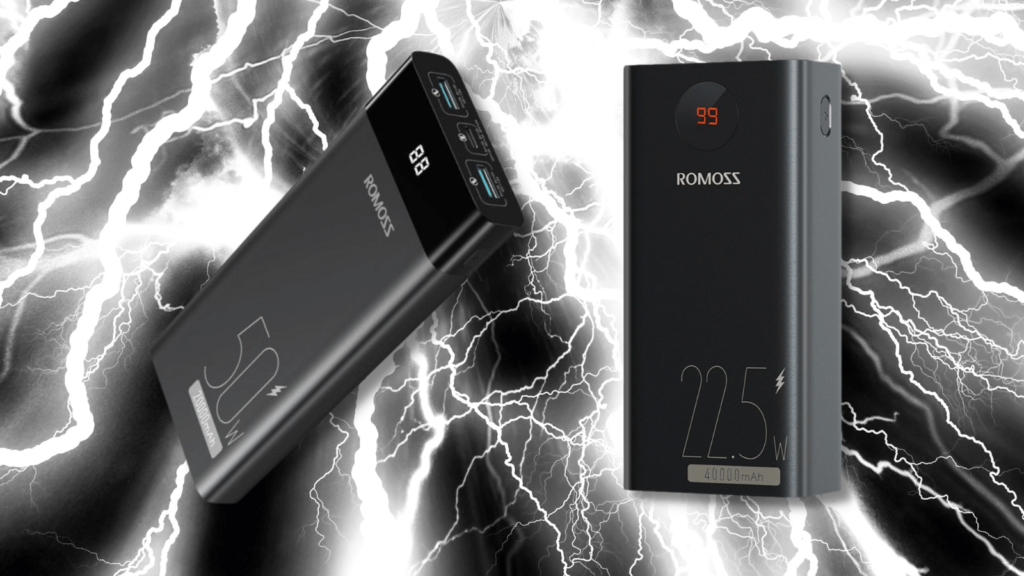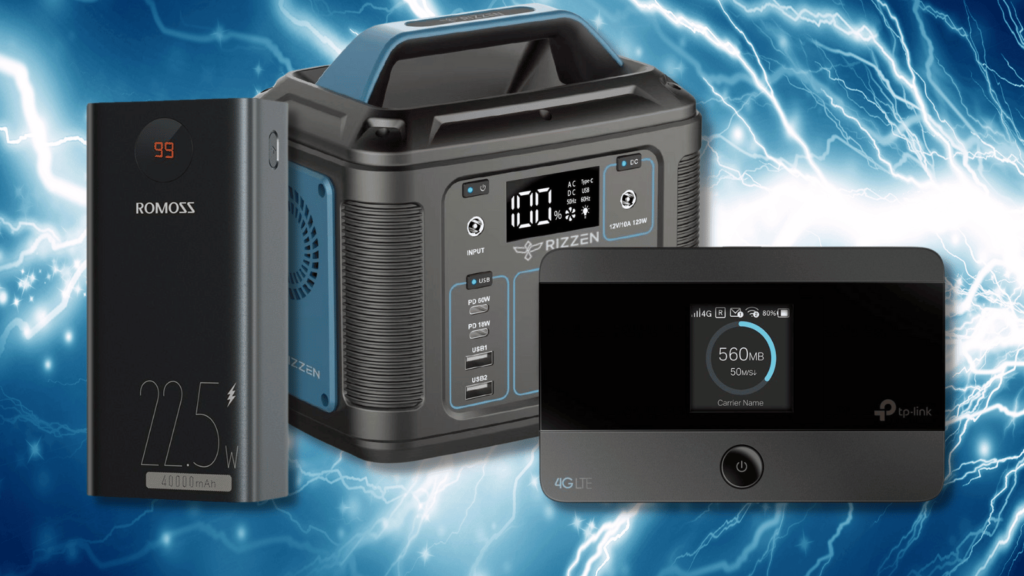With 2022 and its record-breaking 157 days (3,776 hours) of load shedding behind us, many South Africans are still searching for alternative power solutions. That includes new students from the class of 2022 and returning students who don’t want to deal with another year of all-nighters at the library or communal computer lab when their laptop dies.
If you’re in this boat, all you really need is a decent laptop for assignments, a charged smartphone to keep you occupied during breaks, and an internet connection that won’t make you pull your hair out. We’ve already compiled a list of laptops under R10,000, a collection of Chromebooks if that’s more your thing and an assemblage of affordable smartphones. But what about power and connectivity?
We’ve found a few options to keep your devices powered up and connected that won’t max out a parental credit card, flatline your bursary funds, or drain your savings earned from waiting tables.
Mobile connectivity
 Hopefully, wherever you’re studying has good WiFi coverage. If it does, great. You might be able to save a few bucks and skip these. If it doesn’t, or if you want to expand where you’re able to work, a mobile router is what you’re looking for.
Hopefully, wherever you’re studying has good WiFi coverage. If it does, great. You might be able to save a few bucks and skip these. If it doesn’t, or if you want to expand where you’re able to work, a mobile router is what you’re looking for.
These devices use a SIM card and an internal battery to provide a (usually wireless) internet connection to your devices, similar to a hotspot on your smartphone. But if your smartphone doesn’t support internet sharing, or if your friends want to piggyback off your signal (and data), these handle multiple connections.
Unfortunately, the mobile router space is an area of tech that doesn’t see much innovation. While there are 5G options available, those are difficult to find and very expensive. USB-C hasn’t made its way to most devices you can find in SA so you’re stuck with Micro USB for charging or using a wired connection (if possible).
The D-Link DWR-930M mobile router (R850) is our top pick here. It supports up to eight connected devices and provides a throughput of 150Mb/s (download) and 50Mb/s (upload) with a 4G signal. That should net you just under 19MB/s (down) and just over 6MB/s (up).
These are peak speeds so real-world speeds will depend on your mobile carrier and how good their signal is in your area. Luckily, this one isn’t network dependent so you’re free to swap between networks if one is offering a better deal on data or doesn’t have good coverage where you are. The internal 3,000mAh battery should be more than enough for a full day but, again, your mileage may vary. It doesn’t come with anything else in the box so you’ll need to find your old microUSB cable to keep it charged.
Alternatively, you could go with this TP-LINK M7350 LTE mobile router (R1,400). It offers the same download and upload speeds as the previous option but is quite a bit more expensive. The extra cash gives you support for two more devices, up to ten in total, and a micro SD card for easy file sharing. It also isn’t network locked and has a dinky little display so you can see what’s going on with your network at a glance.
A third option is to pick one up from one of the mobile network operators. Most major local operators offer them with a data subscription which often works out cheaper than buying one separately from a subscription. There is a catch. These are usually locked to whichever provider you get them from, making you completely reliant on a single MSP.
Power banks
 This will seem like an obvious one and many South Africans will probably have one already. Our top two picks are by no means the cheapest but a cheap 10,000mAh (or less) power bank isn’t going to last an entire day of constant usage. Especially when you need to keep multiple devices running.
This will seem like an obvious one and many South Africans will probably have one already. Our top two picks are by no means the cheapest but a cheap 10,000mAh (or less) power bank isn’t going to last an entire day of constant usage. Especially when you need to keep multiple devices running.
The 40,000mAh Romoss Zeus power bank (R1,300) is an absolute unit thanks to its huge capacity. That should give you multiple charges for your smartphone and your mobile router, which can be charged simultaneously. It supports the Quick Charge and Two-Way Power Delivery standards and outputs 22.5W. It’ll even manage to charge some laptops that support USB-C power delivery, although that will probably take longer than other charging methods.
If you’re concerned with higher power output and don’t necessarily need the extra capacity, this Romoss PPD20 20,000mAh power bank (R1,120) is slightly cheaper and outputs 50W, allowing it to charge more powerful devices faster. It also supports Quick Charge and Two-Way PD standards and will charge up to two devices at the same time while weighing half as much as the big guy.
Power stations
 These devices straddle the boundary of what many people would call ‘affordable’ but if you can stretch your budget, you’ll submit your assignments through all but the worst scenario – a total grid failure. But until that (hopefully never) happens, you can think of these as multiple power banks strapped together.
These devices straddle the boundary of what many people would call ‘affordable’ but if you can stretch your budget, you’ll submit your assignments through all but the worst scenario – a total grid failure. But until that (hopefully never) happens, you can think of these as multiple power banks strapped together.
We’ve had the bigger (and more expensive) 242Wh Gizzu power station in our offices for review but this 155Wh Gizzu portable power station (R3,000) should do most students just fine. The rated power output jumps up to 150W but it can even manage 200W for a second or two. It has a three-prong SA plug for charging older laptops that don’t support USB-C power delivery as well as a couple of USB-A ports and a USB-C so you could charge your laptop, power bank, and portable router all at the same time (providing they add up to 150W of drain or less).
We wouldn’t recommend taking it with you on your daily trek around campus but if you want to get out for a while and, say, work in a field somewhere it has a carrying handle for you to lug its nearly 2kg mass around and an LED light to avoid tripping (not like that). This particular station also comes with an adapter to start your car if you’re stranded after working in a field and also plays nice with Gizzu’s solar panels so you needn’t pay for battery top-ups. But we’re getting to those.
If you’ve worked extra hard at the restaurant or the ‘rents have been generous this month, this 177Wh Rizzen portable power station (R4,000) steps things up even further with a rated power output of 200W and a max of 400W. It too features a three-prong SA plug on the front, together with two USB-C and USB-A ports each. But it’s heavier, both in weight (3kg) and on your wallet.
Time to touch some grass
 While you’re escaping the stressful environment of a busy campus to work on your projects or assignments, why not get one of these Gizzu 10W solar kits (R1,500)? As we mentioned earlier, and in our review, it’ll connect to the Gizzu power station for some free electricity. The kit comes with three LED bulbs and a battery/inverter combo. That’ll hold a charge to power the bulbs if you need some ambient light when the sun goes down.
While you’re escaping the stressful environment of a busy campus to work on your projects or assignments, why not get one of these Gizzu 10W solar kits (R1,500)? As we mentioned earlier, and in our review, it’ll connect to the Gizzu power station for some free electricity. The kit comes with three LED bulbs and a battery/inverter combo. That’ll hold a charge to power the bulbs if you need some ambient light when the sun goes down.
Additionally, you can charge a small USB device in a pinch. It won’t be quick but it’s better than staring into the void. While you’re sitting in the sun charging everything, don’t forget your sunblock, or your deadline. It’s no good kitting yourself out if you have to do it all again on campus next year.




